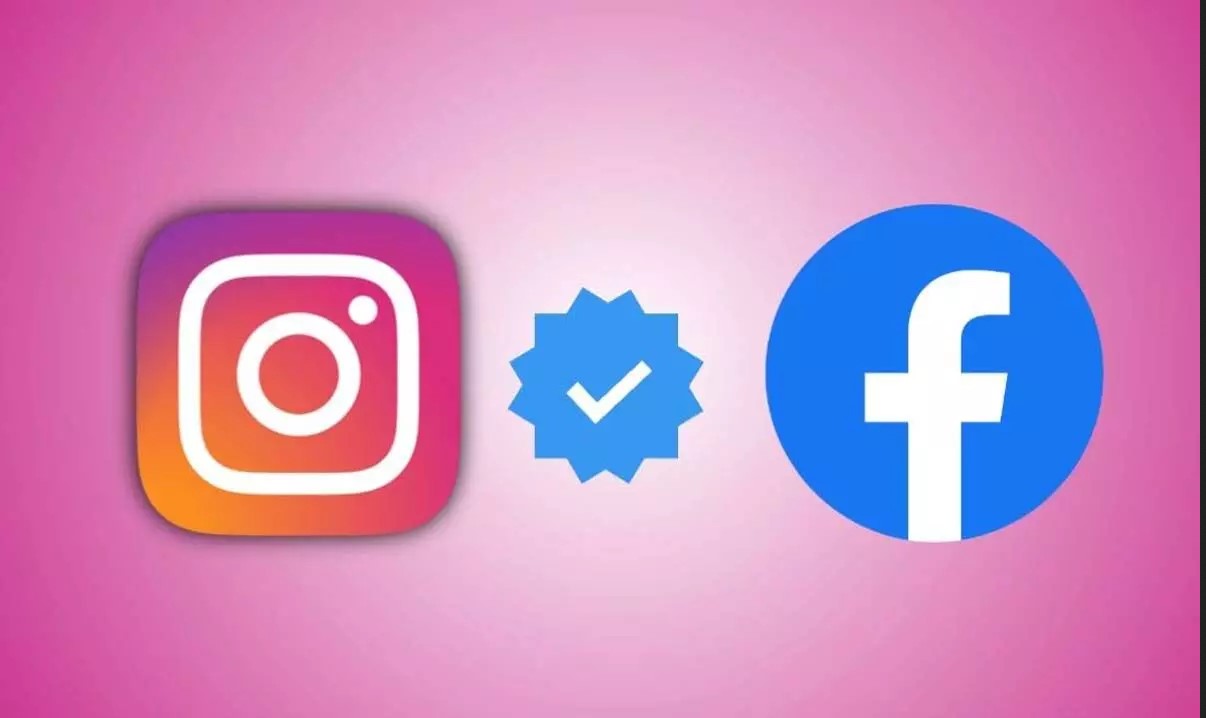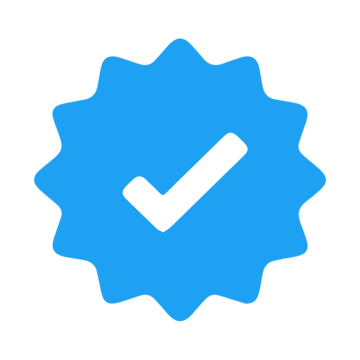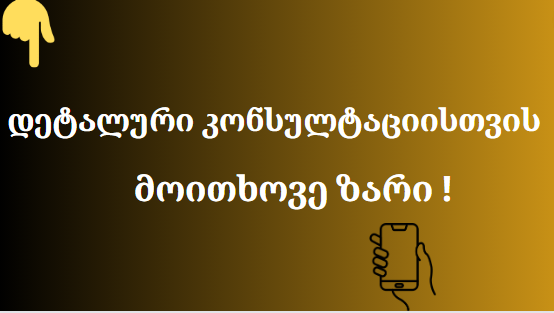What is a Blue tick ?
A "Blue tick" on Facebook pages, also known as "verification badge," or simply "blue checkmark," is a way to show users that a page is an authentic public figure, brand, or organization. For example, if Adidas' page has a blue tick, it assures users that the page is genuinely Adidas' official page and not a copycat like "Adibas" trying to imitate the famous brand.
What are the costs of verifying a Facebook and Instagram page?
As for Facebook and Instagram page verification, it comes at different costs. Unlike Twitter, which charges $2,500 for business page verification, Facebook and Instagram have a more varied pricing structure. In the case of Facebook and Instagram, the cost for page verification is individualized at $22 each, meaning you'll need to pay $44 if you want to verify both platforms. However, keep in mind that there may be additional taxes depending on your location.
To clarify further, personal account verification for Facebook and Instagram currently costs $15 per month in Georgia, and the browser version is priced at $12 per month. It's worth noting that the same service's cost on Twitter is only $8 per month.
What criteria should a page meet for paid verification?
- The page must represent a real business or entity.
- The page should have a complete profile (profile photo, cover photo, name).
- The page must be unique, meaning there should not be another verified page for the same brand.
Additionally, the business or person should be registered from the following countries: United States, Canada, United Kingdom, Australia, New Zealand. We hope that Georgia will be added soon; we wish you success :)
See additional information from FB.









